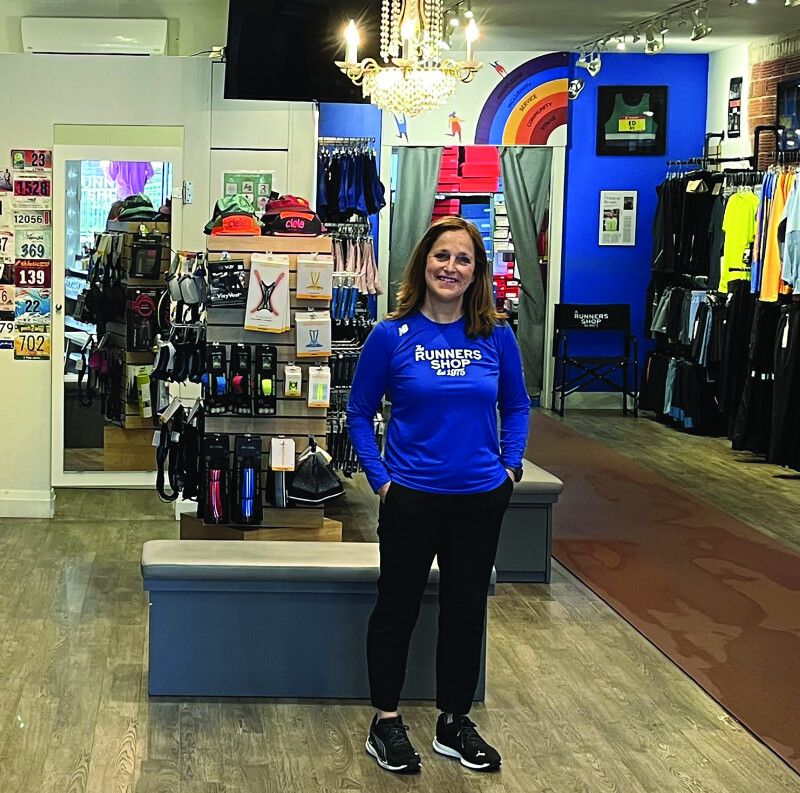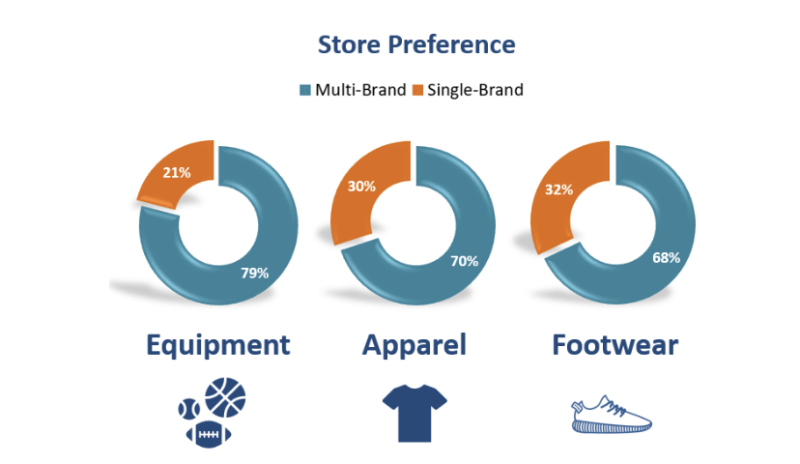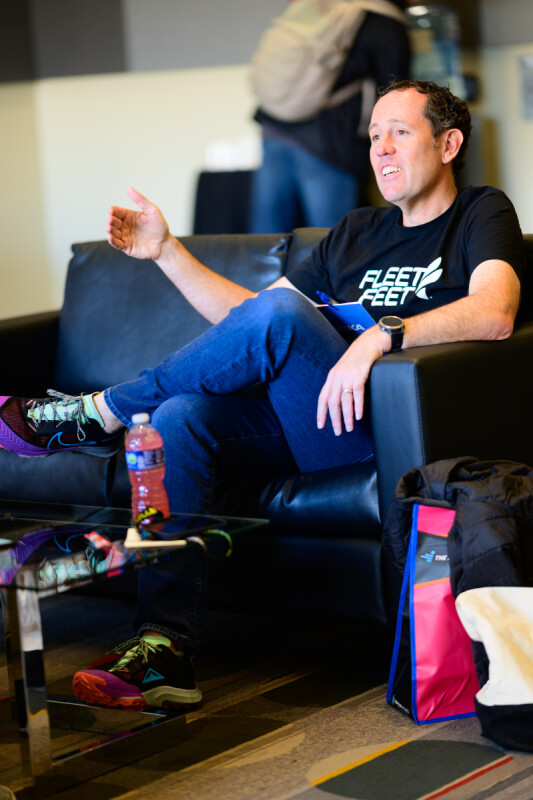From its education sessions to the expo hall, from off-the-cuff conversations with strangers to earnest discussions with familiar industry friends, The Running Event provides running store leaders a plethora of ideas they can use in their stores.
Here, five retailers who attended TRE 2021 in Austin, TX, share one important thing they learned at the event and subsequently incorporated at their retail store to enhance the business.
Lynn Bourque, The Runners Shop, Toronto, Canada
“Two of my key staff members, Ben and Greg, went to Holly Wiese’s workshop and they came out energized with ideas, advocating that we could and should look at the store’s layout through a different lens.
“When we got back to Toronto, we dug right in and kept floating back to Holly’s ideas about creating flow in the store. We looked at everything with a critical eye — how customers were entering our store, where specific merchandise sat and if there was a more optimal place for our fitting room.
“We had benches situated around the shoe wall, but they were almost creating barriers to access. We reconfigured the benches and even removed some. We relocated accessories. We also stopped receiving boxes on the showroom floor. We take everything to the basement now, which we’ve also improved with better lighting so it’s a more comfortable place for our staff. Now, there’s even less clutter on the sales floor. We have director’s chairs we can pull out if additional seating is needed and we’re working on a custom-made reception counter that better fits the space.
“This effort created a more open, inviting flow and we think it’s been beneficial. People like airy, uncluttered spaces and we have that now.”
Pam Howe, Howe2Run, Savannah, GA
“In early February, we started using a gait analysis system we stumbled upon while walking the trade show floor on the last day of TRE. The technology provides over 10 biometric figures to help us improve runners’ and walkers’ gaits and gives us objective data you can’t see with the naked eye, such as angles of pronation or supination. We then give this to the customer in a PDF format, so they can take it to their coach or a medical professional.
“We weren’t looking for something like this when we were at TRE, but it has definitely enlivened and improved our fitting experience. Customers can do it through our regular in-store fit process or via appointment and we have many regularly doing side-by-side comparisons with shoes to make more educated selections. Having this technology in our store has brought people to us and given us an edge.”
J. Jenkins and Grant Catloth, Ad Astra Running, Lawrence, KS
Catloth: “We were talking to a group who owned three run shops in Wisconsin and they told us customers trying on shoes in their stores wear only the store’s socks. And then they told us that their lowest-performing store was selling nearly one sock for every one shoe, which is a great figure for any store. And that was their weakest store by that metric. We employed that idea here and it’s resulted in moving a lot more socks, particularly Feetures.”
Jenkins: “Even more, that conversation was the catalyst for us to be a more holistic running store, not just a shoe store. It encouraged us to think about how we can be more proactive about introducing the solutions we have in our store to customers, especially those items staring us in the face we know can make their run more enjoyable.”
Melody Marshall, John’s Run/Walk Shop, Lexington, KY
“Before COVID-19, everyone knew everyone — our staff, vendor reps and so on. Post-COVID, though, there was so much change and so many new faces.
“I had conversations with other retailers at TRE about staff structures and returned home thinking about titles and different staff members’ roles in our stores. I listened to my staff talk about why they left positions elsewhere and the lack of growth opportunities was something I heard time and again.
“It led me to establish clear roles at John’s like director of marketing and lead buyer — and then appoint the right people to those positions. Now, the outside people know who’s in charge of a given area when they come calling and recognize that individual has authority in that particular area of our business.
“The titles have given our staff extra credibility, but, more than anything, ownership of their work. They feel more invested in their role, which benefits them and our stores.”
Jost Wiebelhaus, Frankfurter Laufshop, Frankfurt, Germany
“I saw that the U.S. retailers are very, very good at community runs and that was a place where I learned we could be doing so much more to build energy and connections. Though we had a big Monday run club at 7:30 p.m. after the shop closed, we started a Sunday morning breakfast run in September with post-run coffee, donuts and the like.
“As a running specialty retailer, the customer community is so important because those fans also buy products in-store.” n







